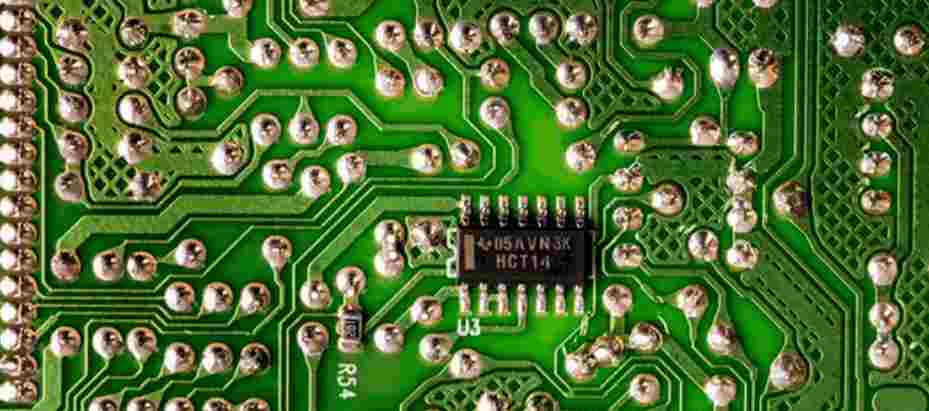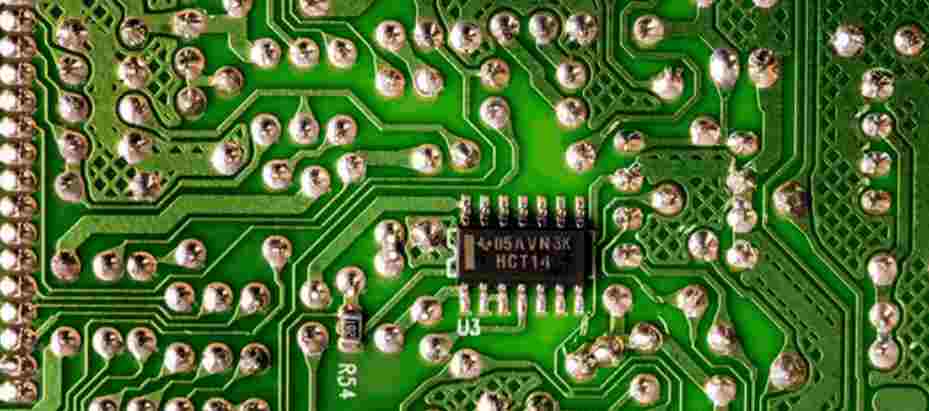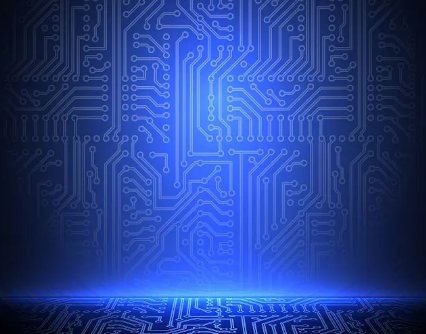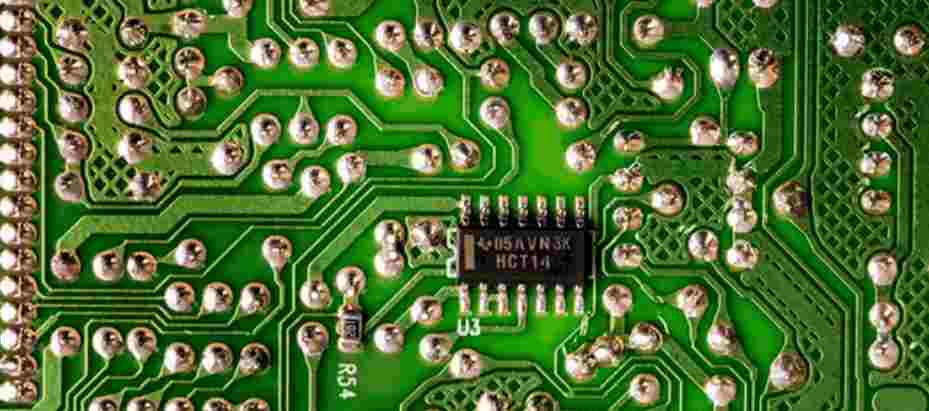
Ceramic plate is inorganic products, corrosion resistance, high temperature resistance, can withstand cosmic rays, suitable for aerospace equipment material selection.
Ceramic based thermal conductivity is high, such as the thermal conductivity of aluminum nitride ceramic plate up to 170~230W/M.K. The thermal conductivity of ordinary pcb substrate is 1.0W/M.K, the thermal conductivity of ceramic substrate is about 200 times that of ordinary pcb substrate, for those who need to conduct high heat is undoubtedly a long drought every mandew.
The ceramic substrate itself is an insulating material, and no insulating material is required in the process of making the ceramic substrate. In the production of ceramic metallized products, the bonding strength of ceramic and titanium metal can be up to 45MPa, copper and ceramic metal have a more matching coefficient of thermal expansion, in the high temperature state of ceramic plate and metal layer can be firmly combined together, without the occurrence of metal wire and ceramic plate fall off.
Ceramic plate although the texture is brittle, but the mechanical hardness is high, the dielectric constant is small, can be used in high frequency. If applied to the electronic communication industry, it can greatly reduce the signal loss rate. The price of ordinary PCB board on the market will vary according to different materials.

For example, 94VO paper substrate FR-4 price in 110~140 yuan/square meter of its thickness, of course, CEM-1 94HB single-sided paper substrate price is also 500 yuan/square meter. The price of ordinary glass fiber board will be relatively low, such as FR-4 glass fiber board in 0.3-0.5mm price in 40~50 yuan/square meter. The price of epoxy resin substrate and chemical fiber board is not much different. Epoxy resin 3mm yellow fiberboard is also in 20 yuan /Kg. Of course, if the board area is large, its price will change relatively, for example: 3mm 500*1000 yellow epoxy resin price is 50 yuan/sheet. The price difference between these two surfaces is also based on the thickness of the plate, the size, and the different technology will also produce differences.
The price of today's ceramic plate is also uneven, he according to the thickness of the ceramic plate, the material, and the production process is different, the price required is also very different. The ceramic board is divided into 92 alumina ceramic plate, 95 alumina ceramic plate, 96 alumina ceramic plate, 99 alumina ceramic plate, of course, and silicon nitride ceramic plate, and 99 aluminum nitride ceramic plate, ceramic substrate products come out, opened the new development of heat application industry, because of the thermal characteristics of ceramic substrate, In addition, ceramic substrate has the advantages of high heat dissipation, low thermal resistance, long service life, voltage resistance and so on. With the improvement of production technology and equipment, the product price is accelerated and rationalized, and then expands the application field of LED industry, such as the indicator light of household appliances, car lights, street lamps and outdoor large kanban. The success of ceramic substrate development, for indoor lighting and outdoor lighting products to provide better services, so that the LED industry in the future of the wider market.
◆ Strong mechanical stress, stable shape; High strength, high thermal conductivity, high insulation; Strong binding force, anti-corrosion.
Good thermal cycle performance, cycle times up to 50,000 times, high reliability.
◆ With PCB board (or IMS substrate) can be etched out of a variety of graphic structure; No pollution, no pollution.
◆ Use temperature range -55℃~850℃; Thermal expansion coefficient is close to silicon, simplifying the production process of power module.
Category One, according to the material
1, alumina (Al2O3) alumina substrate is the most commonly used substrate material in the electronics industry, because in mechanical, thermal, electrical properties relative to most other oxide ceramics, high strength and chemical stability, and rich source of raw materials, suitable for a variety of technology manufacturing and different shapes. The Slitone alumina substrate can already be customised in three dimensions.
2. Beryllium oxide (BeO) has a higher thermal conductivity than aluminum. It is used in situations where high thermal conductivity is required, but it decreases rapidly after the temperature exceeds 300℃. Beryllium oxide ceramics are ceramics with beryllium oxide as the main component. It is mainly used as large scale integrated electric subgrade board, high power gas laser tube, heat sink shell of transistor, microwave output window and neutron reducing agent. Pure beryllium oxide (BeO) belongs to the cubic system with a density of 3.03g/cm3. Melting point 2570℃, has a high thermal conductivity, almost equal to copper pure aluminum, thermal conductivity λ 200-250W/(m.K), and good thermal shock resistance. Its dielectric constant is 6~7(0.1MHz). Dielectric loss Angle tangent value is about 4×10-4(0.1GHz). The biggest disadvantage is that the powder is highly toxic and makes the contact wound difficult to heal. Beryllium oxide powder was sintered with alumina and other ingredients at high temperature. The manufacture of this ceramic requires good protection. Beryllium oxide in high temperature media containing moisture, volatilization will be increased, starting at 1000℃ volatilization, and with the increase of temperature volatilization, this brings difficulties to the production, some countries have no production. But the product performance is excellent.







